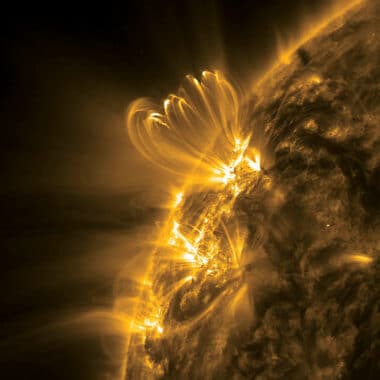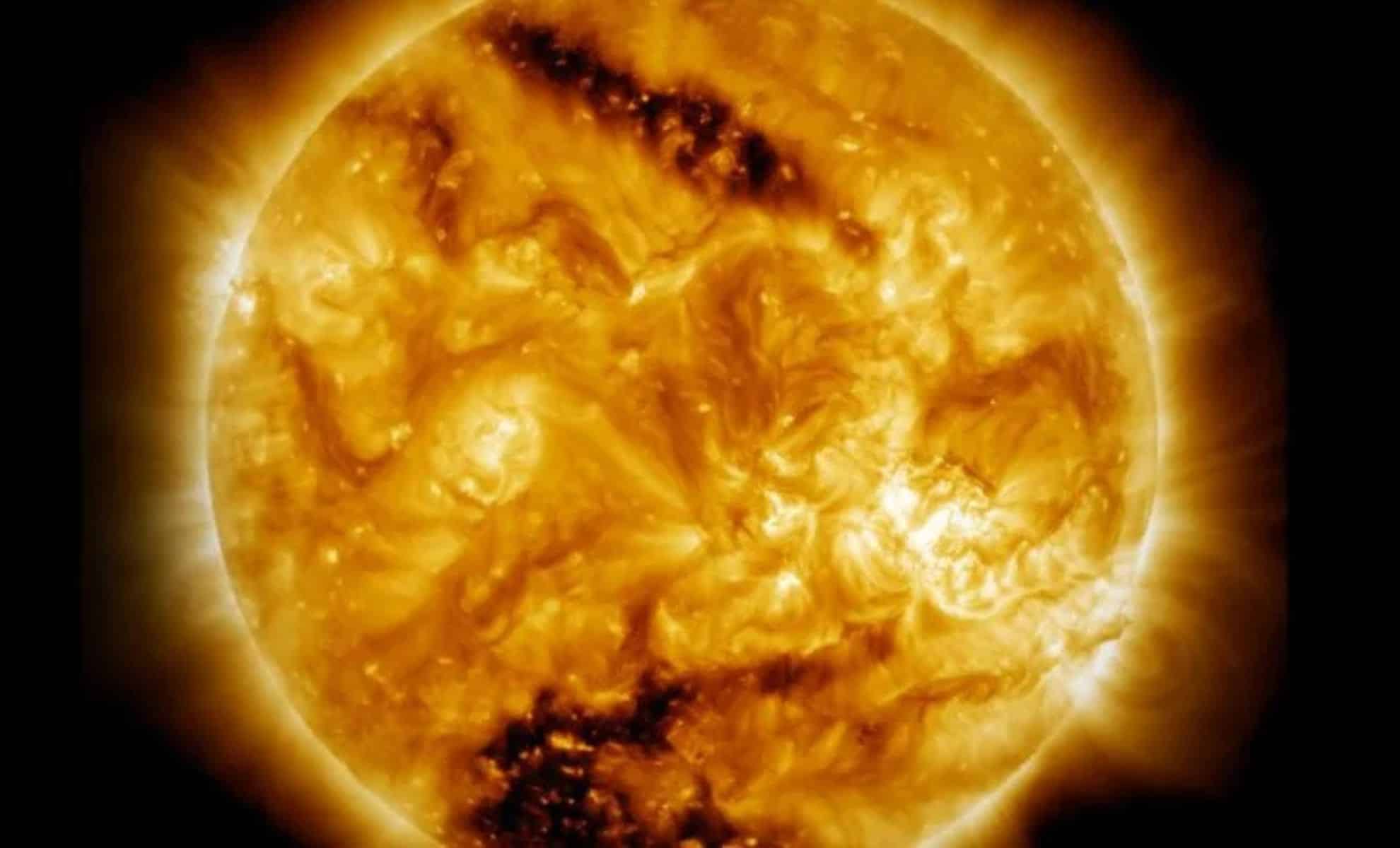A decades-old mystery about the sun’s outer atmosphere has been solved by researchers at the Princeton Plasma Physics Laboratory. Their discovery shows that reflected Alfvén waves are responsible for the extreme heating in the solar corona, providing crucial insights into space weather and solar dynamics.
Scientists Uncover the Hidden Mechanism behind the Sun’s Superheated Corona

For decades, scientists have been puzzled by one of the most mysterious aspects of our sun: why is the solar corona, the outermost layer of the sun's atmosphere, more than 200 times hotter than its surface?
While the surface of the sun burns at a scorching 10,000 degrees Fahrenheit, the corona reaches temperatures of about 2 million degrees Fahrenheit. This counterintuitive temperature difference has perplexed researchers since it was first identified in 1939. Now, groundbreaking research from the Princeton Plasma Physics Laboratory (PPPL) may offer the most compelling answer yet to this solar mystery.
Reflected Alfvén Waves: A Breakthrough in Solar Science
The key to solving this mystery appears to lie in the behavior of plasma waves, specifically Alfvén waves—oscillations in plasma that are driven by magnetic fields. These waves, first predicted by Nobel laureate Hannes Alfvén, act somewhat like the vibrations of a guitar string, except they propagate through plasma. The latest research, led by Sayak Bose and his team at PPPL, suggests that reflected Alfvén waves in coronal holes (regions of lower density in the corona) could be the source of the extreme heating observed in the solar corona.
“Scientists knew that coronal holes have high temperatures, but the underlying mechanism responsible for the heating is not well understood,” Bose explained. “Our findings reveal that plasma wave reflection can do the job. This is the first laboratory experiment demonstrating that Alfvén waves reflect under conditions relevant to coronal holes.”
The research, published in The Astrophysical Journal, represents the first experimental evidence that these waves can reflect and transfer energy back toward their source. This reflected energy, according to the team’s findings, creates turbulence in the plasma, which in turn heats the particles to the extreme temperatures observed in the corona.

Experimental Validation and Simulations
To test their hypothesis, Bose and his team used the Large Plasma Device (LAPD) at UCLA, where they generated Alfvén waves within a 20-meter-long plasma column designed to simulate the conditions of the sun’s coronal holes. The results were clear: when the waves encountered regions with varying plasma density and magnetic field strength—conditions that mimic the corona—they were reflected back toward their origin. This reflection caused the waves to interact with one another, generating turbulence that could heat the plasma.
“Physicists have long hypothesized that Alfvén wave reflection could explain the strange heating of coronal holes,” said Jason TenBarge, a visiting research scholar at PPPL. “This work offers the first experimental verification that Alfvén wave reflection is not only possible, but also that the reflected energy is sufficient enough to heat the coronal holes.”
The team also conducted computer simulations of the experimental setup, further confirming their findings. These simulations provided additional validation that Alfvén wave reflections could occur under the conditions present in the solar corona, offering a robust model for understanding how the sun’s outer atmosphere reaches such extreme temperatures.
Implications for Understanding Space Weather
The discovery has significant implications beyond just solving a long-standing scientific puzzle. By shedding light on how energy is transferred through the sun’s atmosphere, the research could improve our understanding of space weather—the streams of charged particles, or solar winds, emitted by the sun that can affect Earth's magnetic field. These solar winds can have wide-ranging impacts, from interfering with satellite communications and GPS systems to causing fluctuations in power grids.
Understanding the mechanism behind the heating of the corona could lead to better predictions of solar activity, including solar flares and coronal mass ejections—powerful bursts of solar wind and magnetic fields that can cause major disruptions to Earth’s technology. “What we’re seeing here is the profound effect that Alfvén waves can have not just on the sun but on space weather as well,” TenBarge noted.
The Next Frontier in Solar Research
This breakthrough in understanding the sun’s coronal heating is a significant step forward, but there are still many questions left to answer. While reflected Alfvén waves seem to play a major role in heating coronal holes, researchers are now looking to apply these findings to other regions of the corona and explore whether similar mechanisms might explain heating in other parts of the solar atmosphere.
“This work is just the beginning,” said Bose. “We’ve made significant progress in understanding the dynamics of coronal holes, but there’s much more to explore. The physics of Alfvén wave reflection is intricate and utterly fascinating. It’s incredible how basic physics lab experiments and simulations can significantly improve our understanding of natural systems like our sun.”
As solar research continues, the combination of laboratory experiments and computer simulations will likely be critical in unlocking more secrets of the sun and other stars. The Princeton team's discovery opens the door for new research avenues that could deepen our understanding of the sun’s influence on space weather and its broader impact on life here on Earth.



